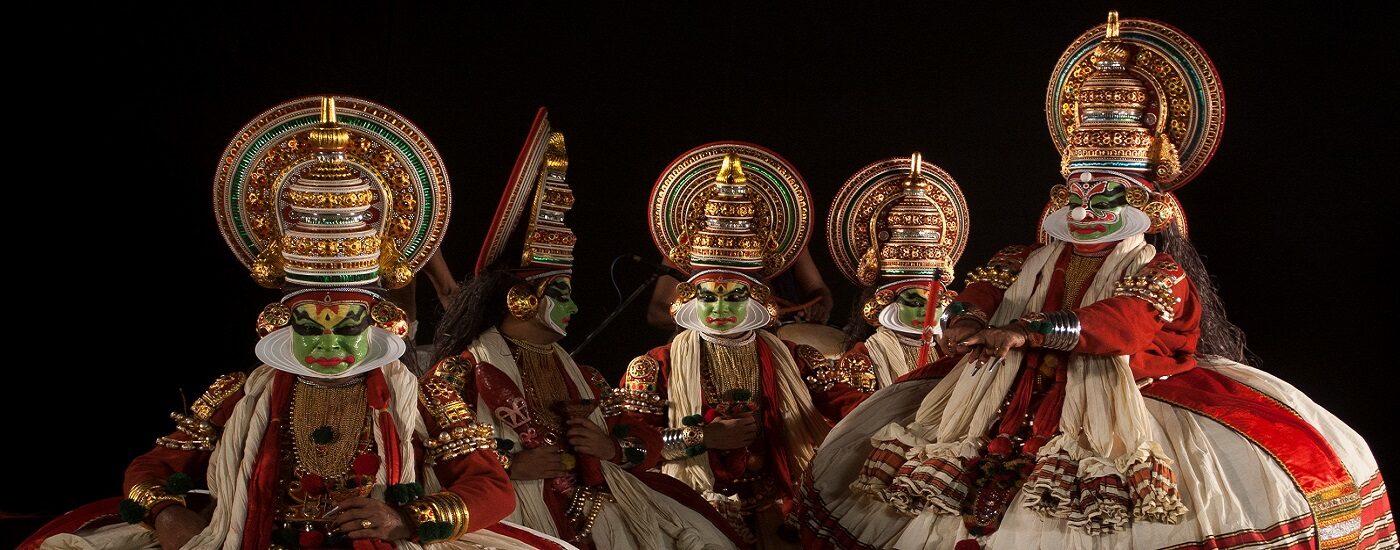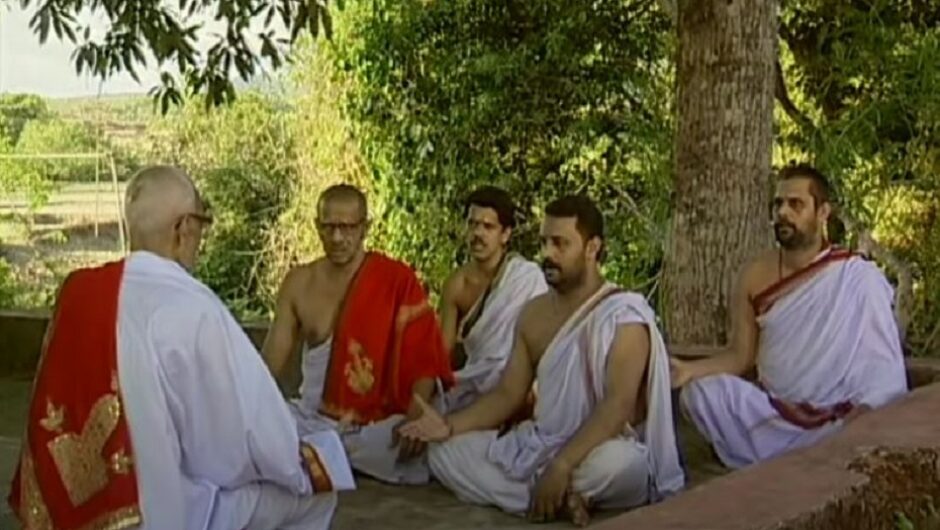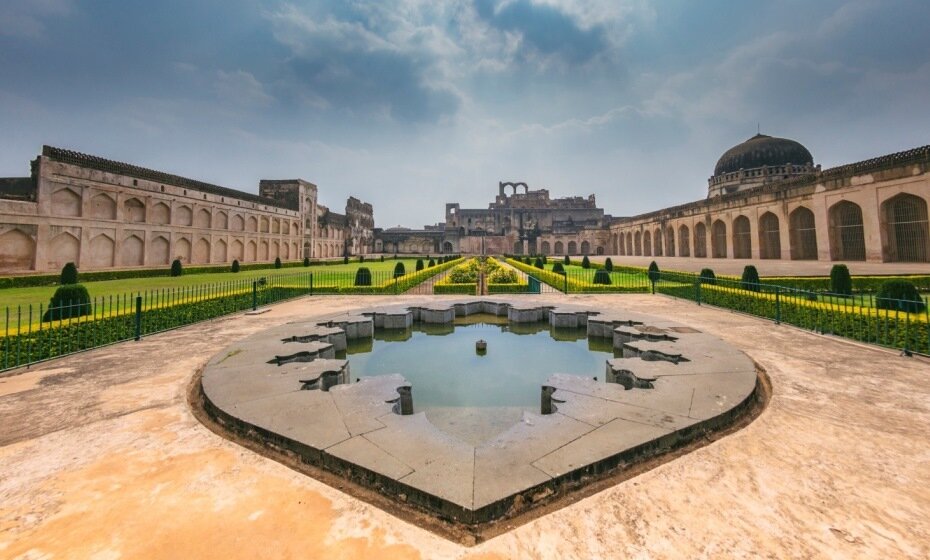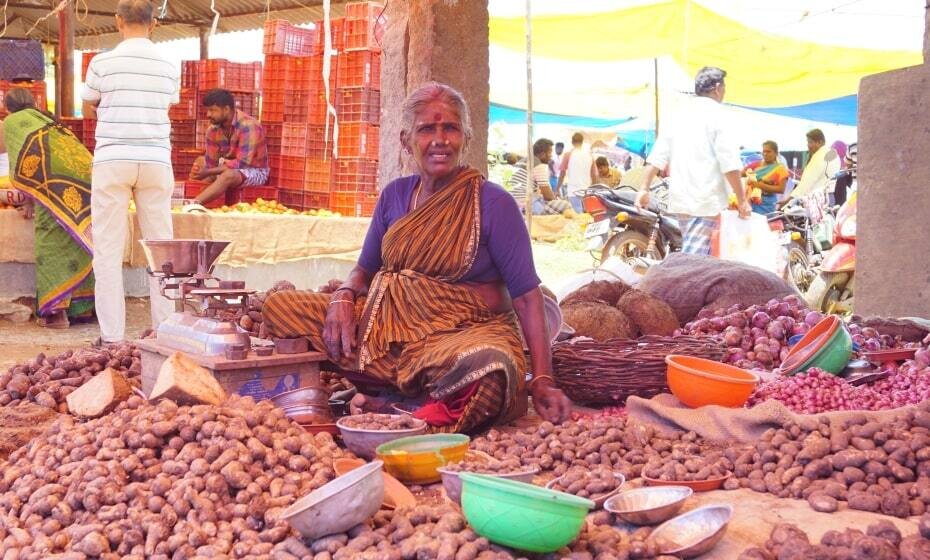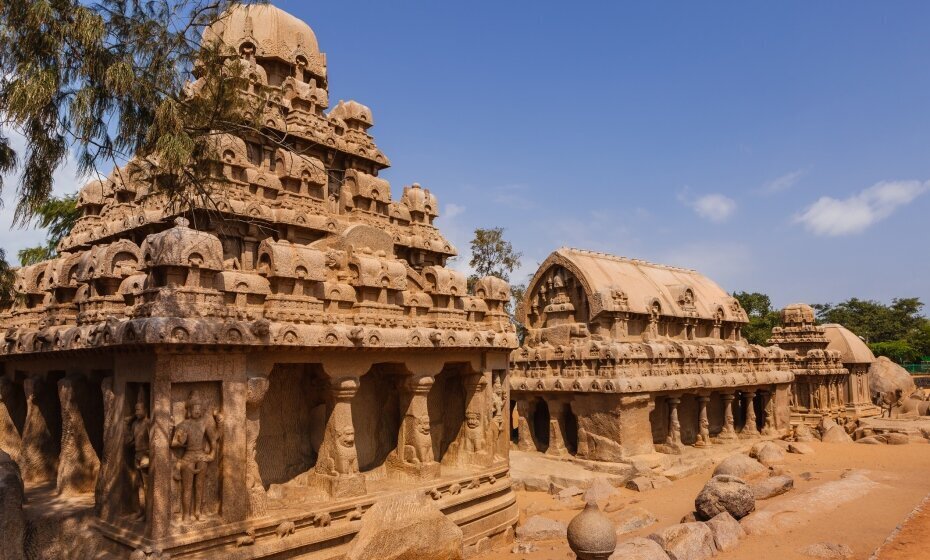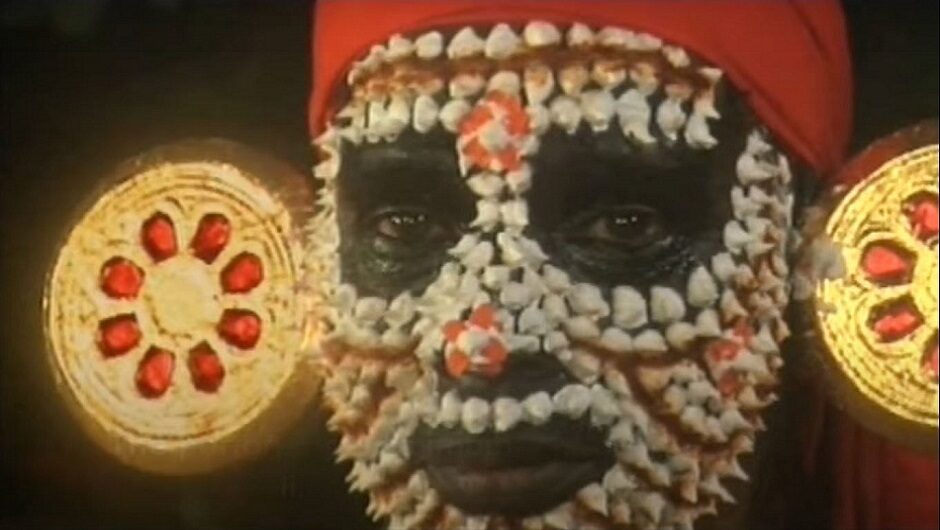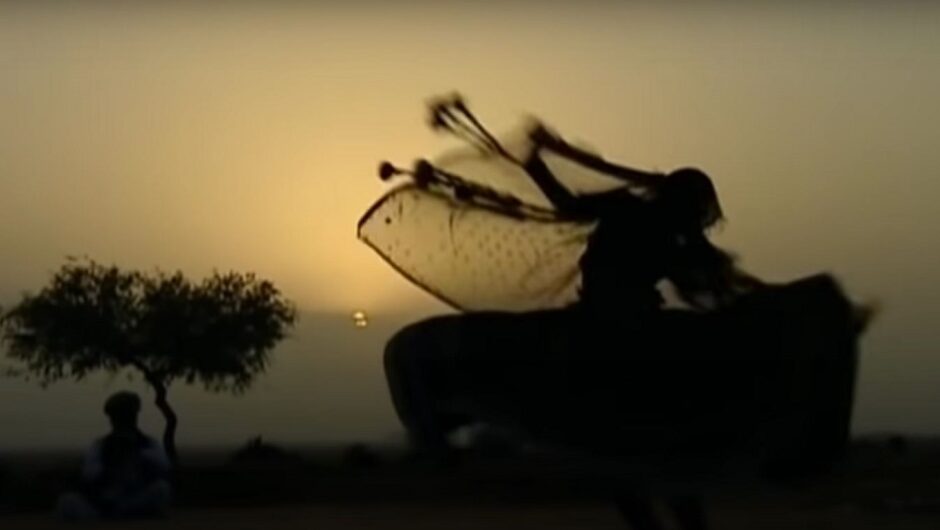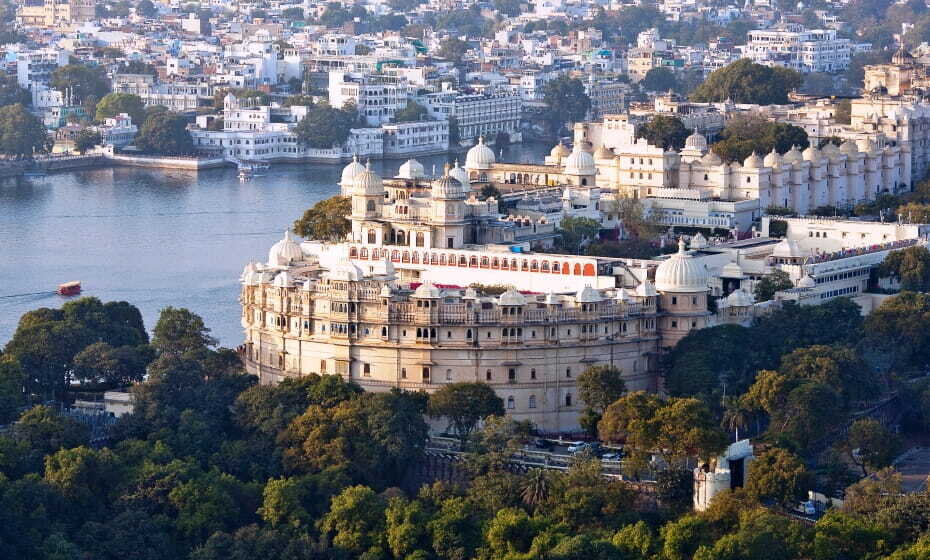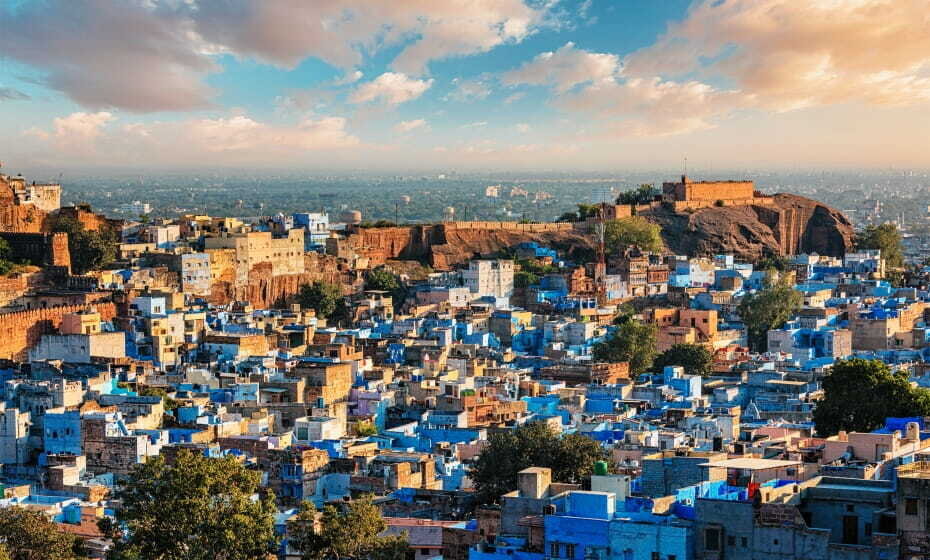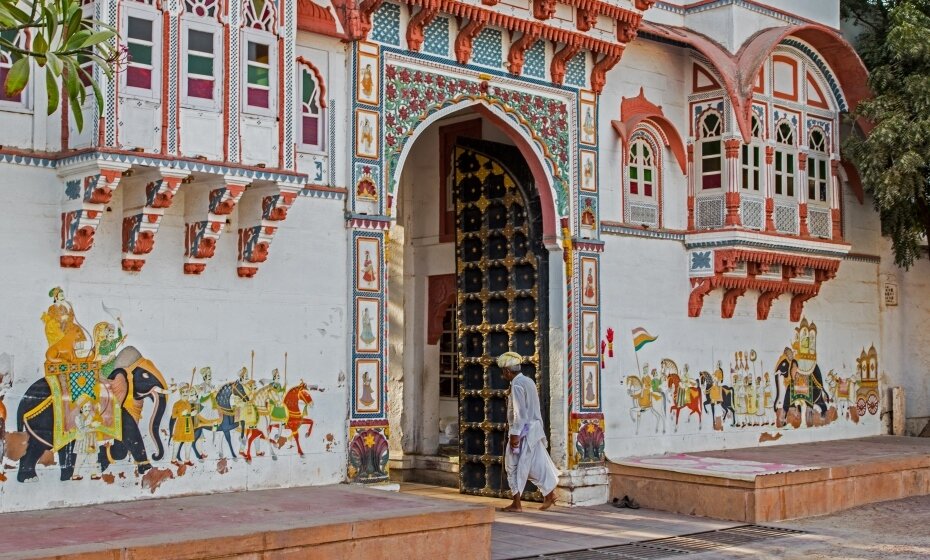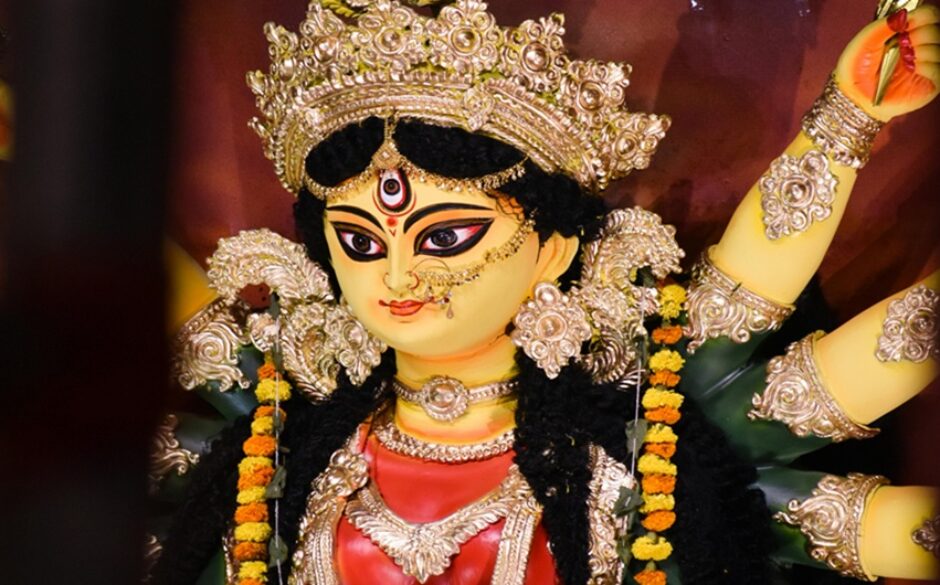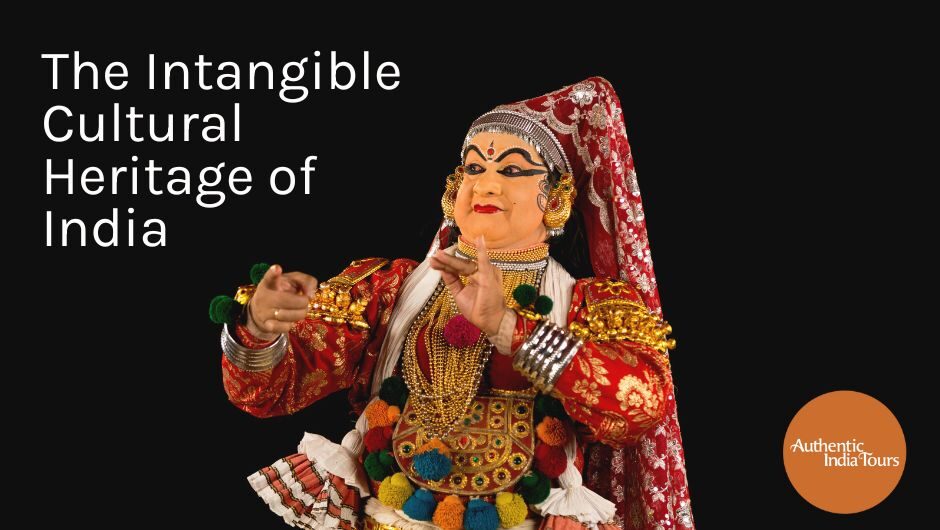While visiting the Golden Triangle and seeing the ‘must see’ monuments is on many a bucket list, we’d love to show you some of the cultures and traditions that have been passed from generation to generation and still exist in India today.
The UNESCO Intangible Cultural Heritage of India elements are in recognition of the need to preserve culture and traditions and we’d like to share what that is and how travellers can enjoy different experiences in India.
According to UNESCO: ‘Cultural heritage does not end at monuments and collections of objects. It also includes traditions or living expressions inherited from our ancestors and passed on to our descendants, such as oral traditions, performing arts, social practices, rituals, festive events, knowledge and practices concerning nature and the universe or the knowledge and skills to produce traditional crafts. While fragile, intangible cultural heritage is an important factor in maintaining cultural diversity in the face of growing globalisation. An understanding of the intangible cultural heritage of different communities helps with intercultural dialogue, and encourages mutual respect for other ways of life.’
The Intangible Cultural Heritage of India
The following 14 traditions and rituals from India have been included on the ‘Intangible Cultural Heritage of India’ list.
1. Ramlila, the traditional performance of the Ramayana (2008)
First on the Intangible Cultural Heritage of India list is Ramlila. Performed across northern India during the annual Autumn festival of Dussehra, Ramlila, is a performance of the Ramayana epic in a series of scenes that include dialogue, narration, recital and song.
Translating literally as “Rama’s play”, this sacred text is devoted to the glory of Rama, the hero of the Ramayana. Ramlila was composed in Hindi by the saint and poet Tulsidas in the sixteenth century to make the Sanskrit epic available to everyone.
Most of the Ramlilas recount episodes from the Ramacharitmanas (poems from the Ramayana) through performances lasting ten to twelve days, but some can last for an entire month.
During Dussehra, festivals are organized in hundreds of settlements, towns and villages with the audience invited to sing and take part in the narration spontaneously, or taking part in activities such as mask- and costume making, make-up, effigies and lights.
Image from Wikimedia
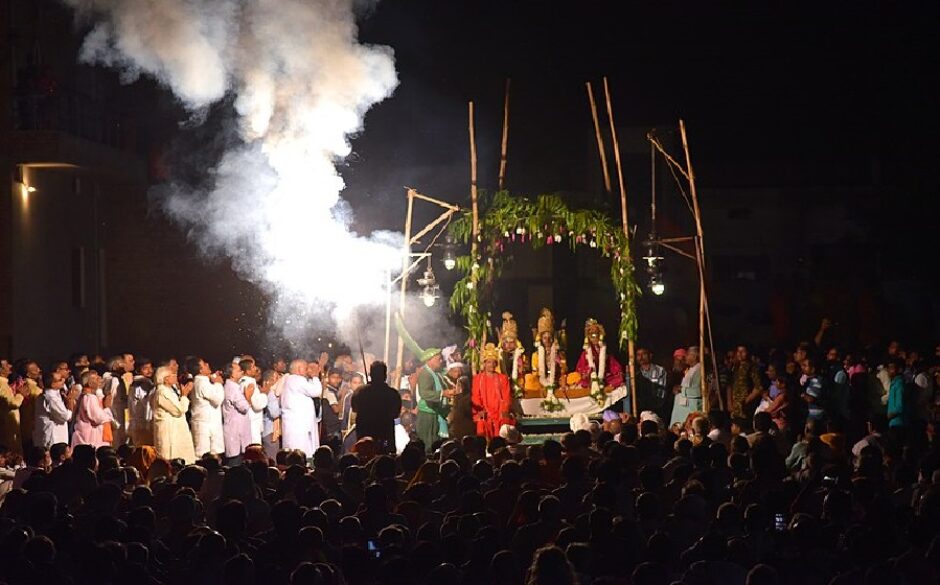
2. Tradition of Vedic chanting (2008)
Next on our list of the Intangible Cultural Heritage of India is Vedic chanting. The Vedas are a huge number of Sanskrit poetries, philosophical dialogue, myth, and ritual incantations that were composed and developed by Aryans over 3,500 years ago. They symbolise one of the world’s oldest surviving cultural traditions and are thought of by Hindus as the sacred foundation of their religion and the primary source of knowledge.
The Vedas give insight into the history of Hinduism and the early development of artistic, philosophical and scientific concepts, such as the concept of zero.
Four Vedas, commonly referred to as “books of knowledge”, contain a multitude of texts and interpretations which were originally orally transmitted. The Atharna Veda includes incantations and spells, Rig Veda is an anthology of sacred hymns; Sama Veda features musical arrangements of hymns from the Rig Veda and other sources and Yajur Veda contains prayers and sacrificial methods used by priests.
These works are expressed in the Vedic language, derived from classical Sanskrit. Veda verses were traditionally recited daily in Vedic communities and chanted during sacred rituals.
To ensure that the word sounds remain unaltered, practitioners are taught the complex recitation which is based on tonal accents, the unique way of pronouncing each letter and specific speech combinations from childhood.
Sadly, only thirteen of the over one thousand Vedic recitation branches have survived and four noted Veda schools are considered under imminent threat.
3. Kutiyattam, Sanskrit theatre (2008)
Originating more than 2,000 years ago, Kutiyattam is one of India’s oldest living theatrical traditions. Practised in Kerala, Kutiyattam fuses Sanskrit classicism with local traditions and features eye expression (neta abhinaya) and gestures (hasta abhinaya) which focus on the main character’s thoughts and feelings.
To become fully-fledged performers, actors undergo ten to fifteen years of rigorous training involving subtle muscle shifts of the face and body along with sophisticated breathing control. The male actors hand down detailed performance manuals to their trainees, which before recent times were the exclusive and secret property of selected families.
The Kutiyattam art form is very detailed, with a single act often taking days to perform and a complete performance up to 40 days. It is traditionally performed in Kuttampalams (theatres) located in Hindu temples. Originally restricted owing to their sacred nature, performances are now available to larger audiences nad it is a sacred addition to the Intangible Cultural Heritage of India.
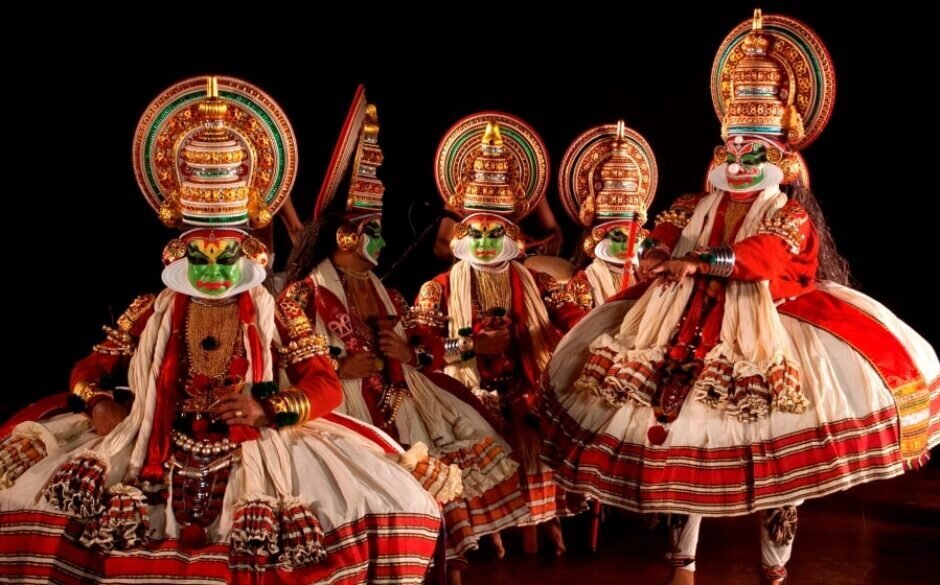
Suggested culture tours in South India to explore the Intangible Cultural Heritage of India
4. Ramman, religious festival and ritual theatre of the Garhwal Himalayas (2009)
Ramman is a religious festival in honour of the guardian god, Bhumiyal Devta, a local divinity whose temple is host to most of the festivities. The event takes place each year in late April, in the twin villages of Saloor-Dungra in the northern Indian state of Uttarakhand.
A combination of music, theatre, historical reconstructions and traditional oral and written tales, Ramman is a great representation of the Intangible Cultural Heritage of India, as it is a multicultural event representing the environmental, spiritual and cultural concept of the community, strengthening its sense of self-worth and recounting founding myths.
Villagers organise the festival with each caste and occupational group having a distinct role. The youth and the elders perform, Brahmans lead prayers and perform the rituals, and Bhandaris (representing the Kshatriya caste) are entitled to wear the sacred masks of Narasimha, the half-man, half-lion Hindu deity.
Every year, Bhumiyal Devta lives with a family chosen by the Village Panchayat (village council), and they adhere to a strict daily routine. He leaves his place of residence in a procession to the central village temple, where he is accompanied by the beating of drums and mask dances.
Image: Wikimedia
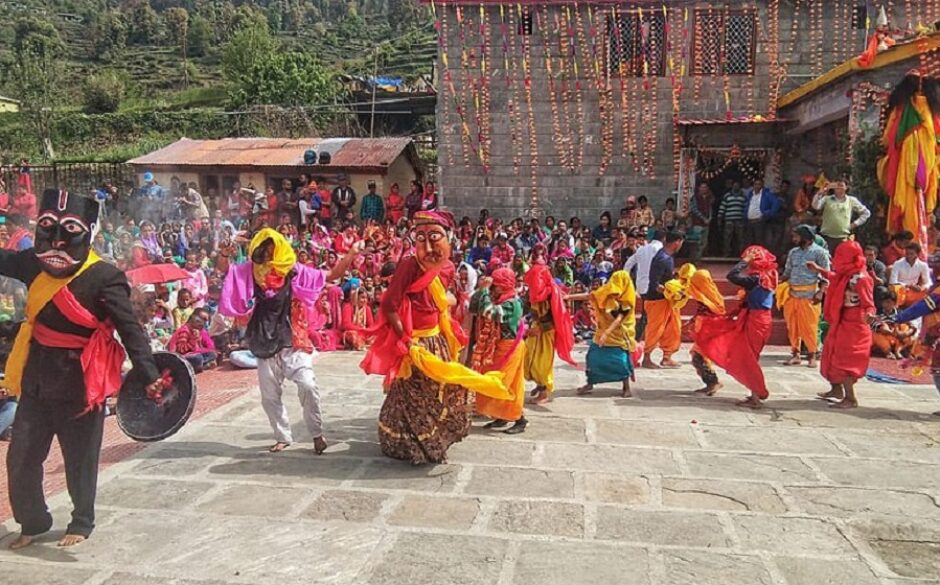
5. Mudiyettu, ritual theatre and dance drama of Kerala (2010)
Mudiyettu is a ritual dance drama from Kerala performed annually in ‘Bhagavati Kavus’, the temples of the goddess, in villages along the rivers Chalakkudy Puzha, Periyar and Moovattupuzha. All villagers participate in this great example of an Intangible Cultural Heritage of India. It is a community ritual based on the mythological tale of a battle between the goddess Kali and the demon Darika after the summer crops have been harvested.
After fasting and prayer, Mudiyettu performers purify themselves and then invoke the spirit of the goddess Kali by drawing a huge image of her on the temple floor with coloured powders. The ground is then prepared for the lively enactment to follow, where the divine sage Narada is persistent that Shiva contains the demon Darika, who is immune to defeat by mortals. Shiva commands that Darika will die at the hand of the goddess Kali.
This ancient Intangible Cultural Heritage of India element dates back to the 9th or 10th century and the costumes worn and performance style vary between villages. It has no rehearsal or preparation and requires a total of 16 people including percussionists, Kalamezhuthu artists and vocalists.
6. Kalbelia folk songs and dances of Rajasthan (2010)
The Kalbelia are a snake charming tribe from the Thar Desert in Rajasthan, and their songs and dances are an expression of their traditional way of life. Kalbelia dances are a marker of identity as they represent the creative adaptation of this community of snake charmers to their role in rural Rajasthani society and ever-changing socio-economic conditions.
Dances are performed by women in flowing black skirts, with a headcloth (‘odhani’), an upper body cloth (‘angrakhi’) and a lower body cloth (‘lehenga’) which are all in shades of red and black and intricately embroidered with small mirrors and silver threads. They twirl to replicate the movements of a serpent.
Male participants accompany the dancers on musical instruments including the pungi, a woodwind instrument traditionally played to capture snakes and the dholak (a two-headed drum) to provide rhythm.
Kalbelia is included in the Intangible Cultural Heritage of India list because the songs and dances have been handed down through generations. They are based on stories taken from folklore and mythology, with special dances performed during Holi. Songs are often improvised, and as the performance progresses, the rhythm and the dancing becoming faster and faster.
7. Chhau dance (2010)
Hailing from eastern India, Chhau is a traditional dance form where episodes from local folklore, abstract themes and epics including the Mahabharata and Ramayana are enacted.
There are three distinct styles of Chhau dancing originating from Mayurbhanj, and the Seraikella and Purulia regions which both use masks in performances. Chhau features indigenous dance forms and martial practices and includes movements mimicking combat techniques, the movements of animals and birds, and housewife chores.
You can often witness Chhau dancing at regional festivals, notably the spring festival Chaitra Parva. It is performed at night by male dancers in open spaces, accompanied by traditional and folk melodies played on drums, and mohuri and shehnai reed pipes. A wonderful Intangible Cultural Heritage of India element!
IMage: Wikimedia
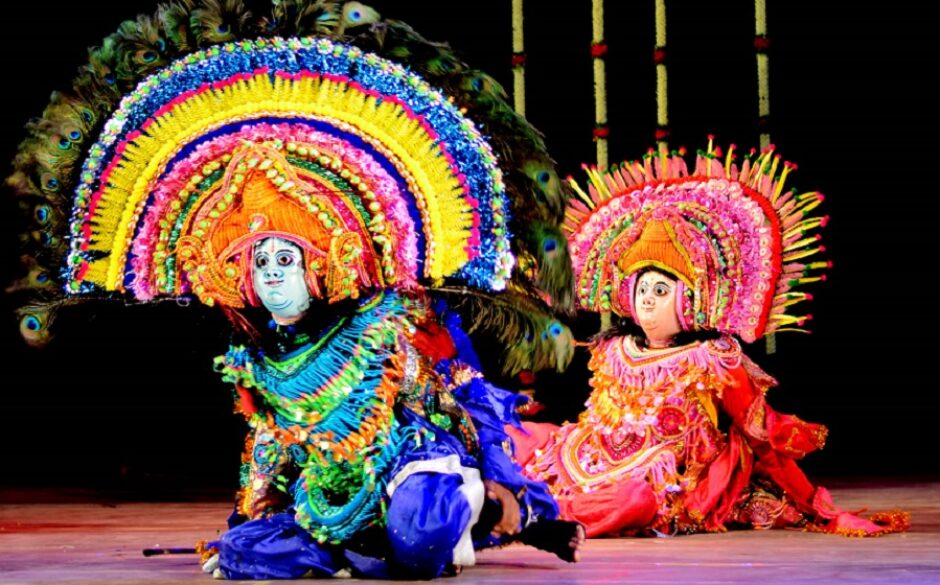
8. Buddhist chanting of Ladakh: recitation of sacred Buddhist texts in the trans-Himalayan Ladakh region, Jammu and Kashmir, India (2012)
Our next Intangible Cultural Heritage of India element takes is to Ladakh, where there are two forms of Buddhism – Mahayana and Vajrayana, and four major sects – Geluk, Kagyud, Nyngma and Shakya. Each sect has its own forms of chanting, which are practised on important days in the Buddhist and agrarian calendars as well as during life-cycle rituals.
Chants are memorised and practised every day in the monastic assembly hall in prayer for world peace and for the personal growth of the practitioners.
Sacred texts that represent the philosophy, spirit and teachings of Buddha are chanted for many reasons. Chanting takes place for people’s moral and spiritual well-being, for peace of mind and purification, to invoke blessings of Buddhas, Bodhisattvas and deities and to appease the wrath of evil spirits.
Chanting takes place indoors or outside and is performed in groups with monks wearing special costumes. They make hand gestures (mudras) to represent the divine Buddha and are accompanied by bells, cymbals drums and trumpets.
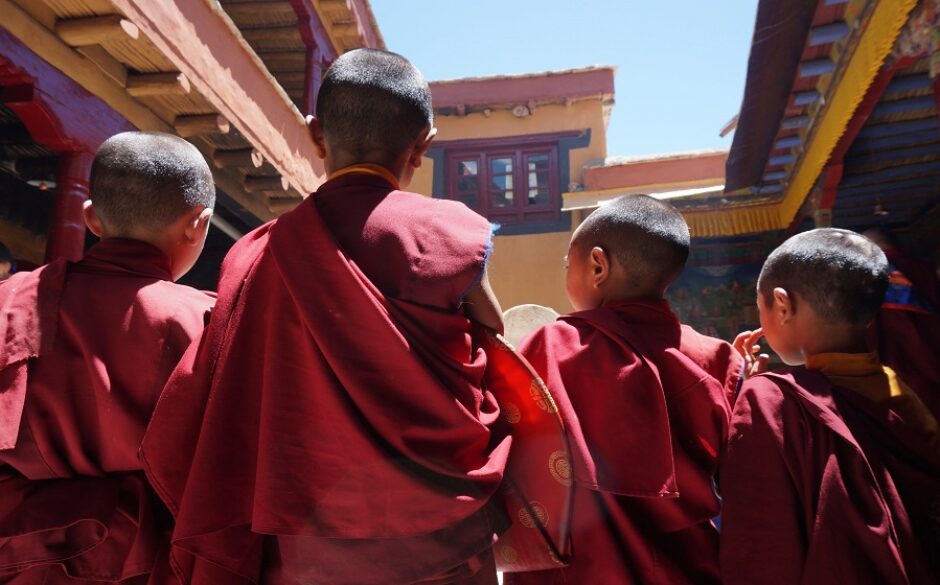
Suggested culture tours in North India to explore the Intangible Cultural Heritage of India
9. Sankirtana, ritual singing, drumming and dancing of Manipur (2013)
Sankirtana was declared an Intangible Cultural Heritage of India in 2013 and encompasses a variety of art forms to celebrate religious occasions and the various life stages of the Vaishnava people of the Manipur plains.
A typical performance in a hall or domestic courtyard involves two drummers and around ten singer-dancers circled by seated devotees. Through song and dance, the artists tell the tales of the lives and deeds of Krishna, and the sense of ceremony and the flow of energy often moves the audience to tears.
Sankirtana not only brings people together on festive occasions but establishes and reinforces relationships. The knowledge and skills are passed from mentor to student and the practice works in harmony with the natural world.
Image: Wikimedia
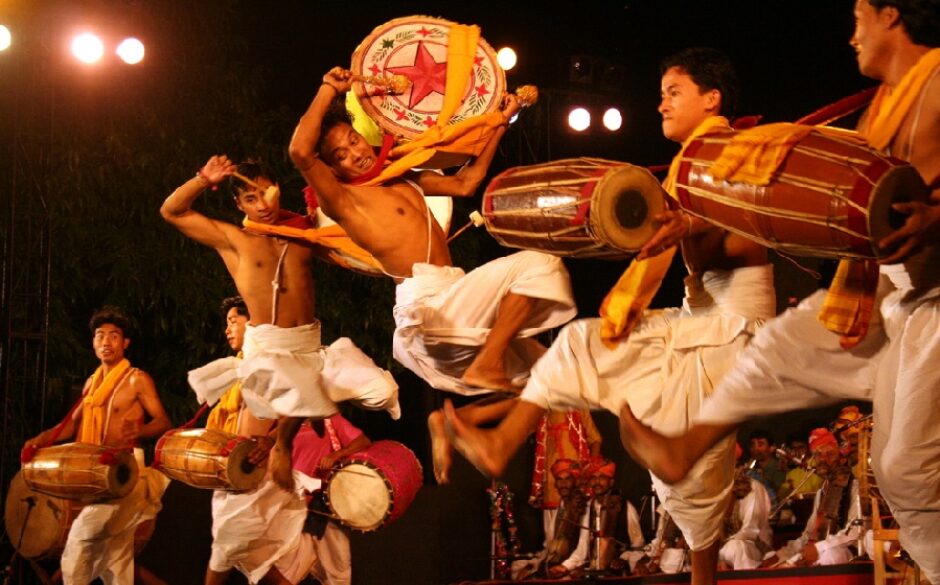
10. Traditional brass and copper craft of utensil making among the Thatheras of Jandiala Guru, Punjab, India (2014)
The Thatheras of Jandiala Guru is a community of skilled craftsmen who are specialists in the traditional technique of hammering brass and copper sheets into traditional utensils. The copper, brass and alloys used are believed to have marvellous health benefits.
Small bowls, rimmed plates, larger pots and huge cooking vessels are created by cooling cakes of metal which are then flattened into thin plates and hammered into curved shapes.
The careful temperature control required is achieved by using tiny wood-fired stoves buried in the earth, with the aid of hand-held bellows. Each utensil is polished with sand or tamarind juice before intricate designs are crafted by hammering tiny dents into the heated metal.
This incredible metalwork is not just a livelihood for the Thatheras community, but it also defines family, work ethic and status, thus making it onto the Intangible Cultural Heritage of India list. The manufacturing process is traditionally handed down from father to son through word of mouth.
Image: Wikimedia
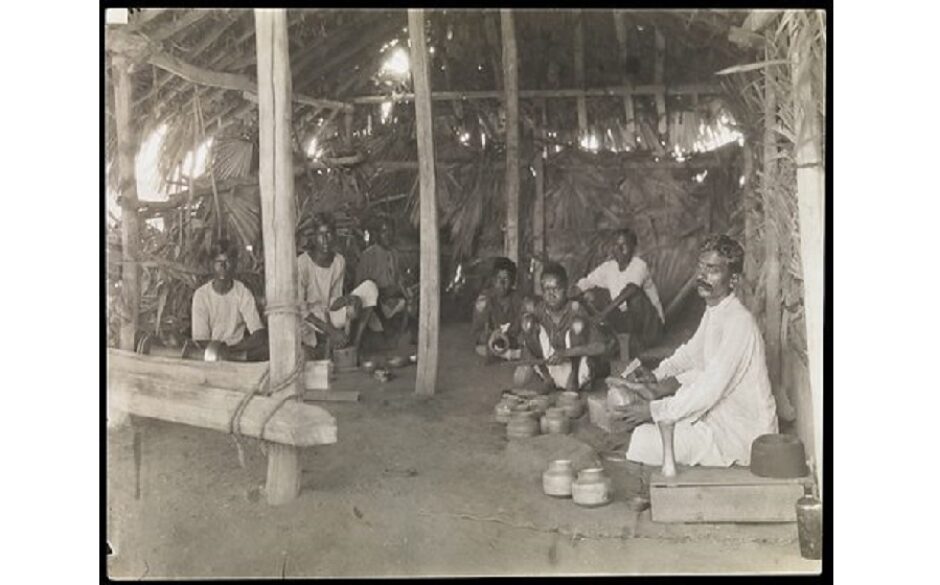
11. Yoga (2016)
Yoga is the most instantly recognisable in the list of Intangible Cultural Heritage of India. This ancient physical art is made up of a set of postures, meditation, controlled breathing, chanting and other practises that can aid the development of self-realisation, alleviate pain and attain liberation. It is practised by both young and old people without regard to gender, class, or religion and has gained popularity throughout the world.
This ancient Indian practice has influenced the function of society in India, in relation to health and medicine, education and the arts. The values of yoga form a large part of the community’s ethos as it is based on uniting body, mind and soul to allow for greater mental, physical and spiritual well-being.
Traditionally taught using the Guru-Shishya (master-pupil) model, today yoga ashrams or hermitages give enthusiasts additional opportunities to learn about the traditional practice, as well as community centres, schools, social media and universities. There is a vast range of modern literature available on the subject and ancient manuscripts and scriptures are still used in teaching.
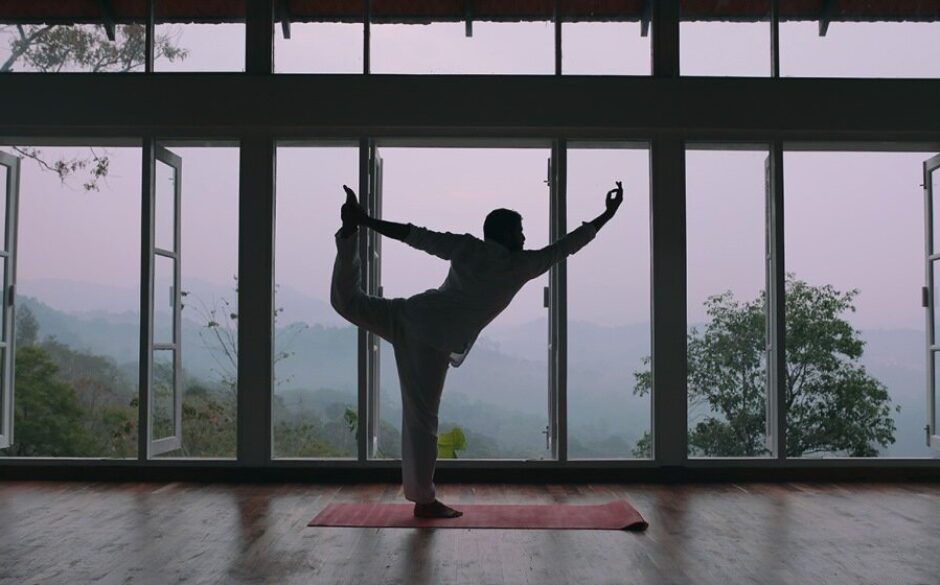
Suggested yoga retreats
12. Traditions of Nawruz (Parsi New Year) (2016)
Nawruz means ‘New Day’, and is celebrated on March 21 to mark the start of the year in India. For around two weeks, a variety of ceremonies, rituals and cultural events take place. One of the most symbolic of these is enjoying a special meal with loved ones gathered around a table decorated with objects representing brightness, livelihood, purity and wealth. New clothes are worn, relatives are visited and artisan gifts are exchanged.
It’s a lively celebration involving street performances of music and dance, rituals involving fire and water, traditional sports and handicraft making.
Image: Wikimedia
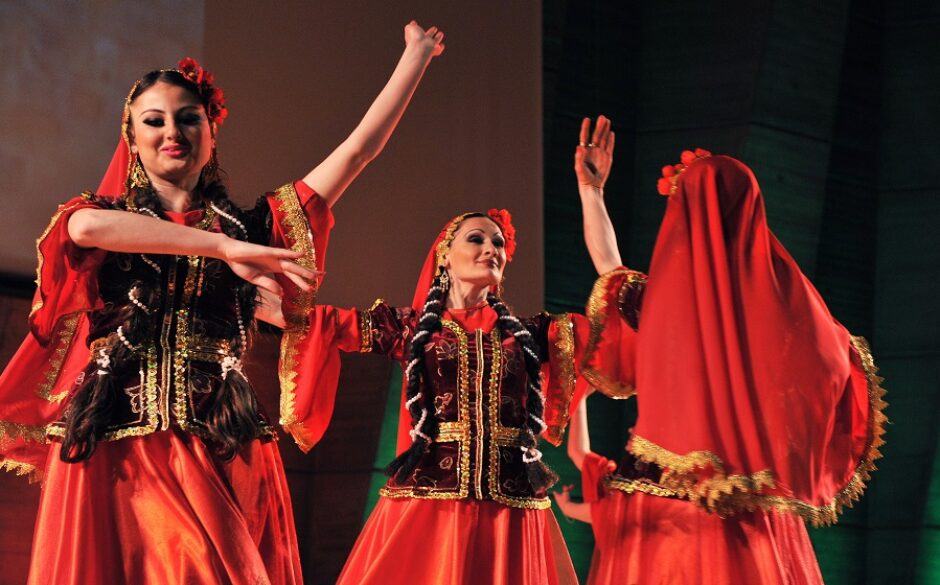
13. Kumbh Mela, North India (2017)
Kumbh Mela is the world’s largest spiritual congregation, where millions of devotees bathe in the holy Kshipra (Shipra) river to gain freedom from the cycle of birth and death and absolve their sins. Translated as the ‘festival of the sacred Pitcher’, visitors attend from all over the world.
The festival is held every four years on rotation at Allahabad, Haridwar, Ujjain and Nasik, with the different social and cultural activities from each city making the festival divinely diverse. The event represents astronomy, astrology, spirituality, ritualistic traditions, and social and cultural customs and practices, making it extremely rich in knowledge.
It’s a time of learning, and traditional knowledge and skills are passed on through ancient religious manuscripts, spoken word, historical talks and texts by eminent historians.
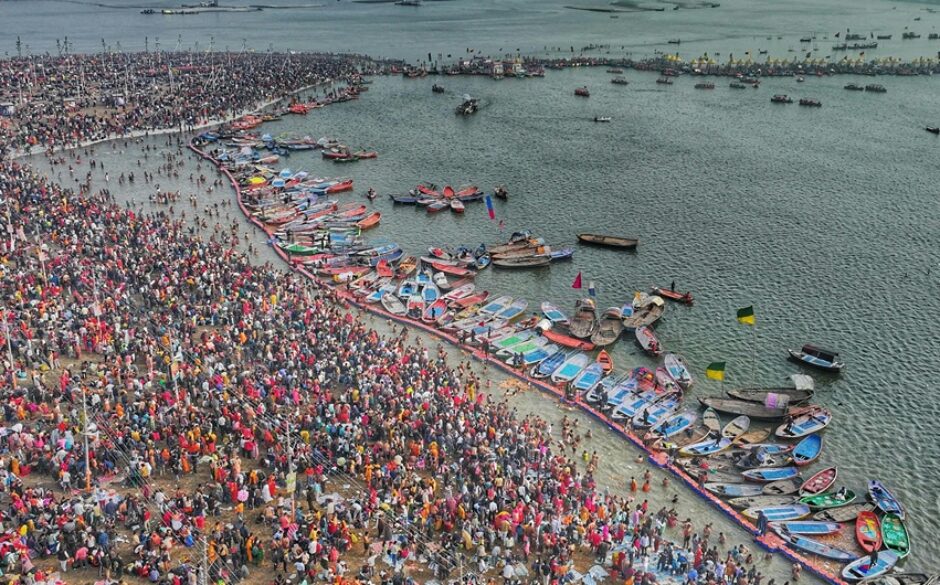
14. Durga Puja, Kolkata (2021)
Last but not least on our list of the Intangible Cultural Heritage of India is Durga Puja. This annual festival is held in honour of the Hindu mother-goddess Durga and also signified homecoming or a return to your roots. This ten-day festival is celebrated in September or October, most notably in Kolkata but also in other parts of India.
A few months before the festival, images of Durga and her family are sculpted using unfired clay from the River Ganges. On the first day of the festival ‘Mahalaya’, eyes are painted onto the sculptures to bring the goddess to life. The festival concludes with the figurines being returned to the river.
Durga Puja is a wonderful combination of religion and art and urban areas feature large-scale installations and pavilions, accompanied by traditional Bengali drumming.

